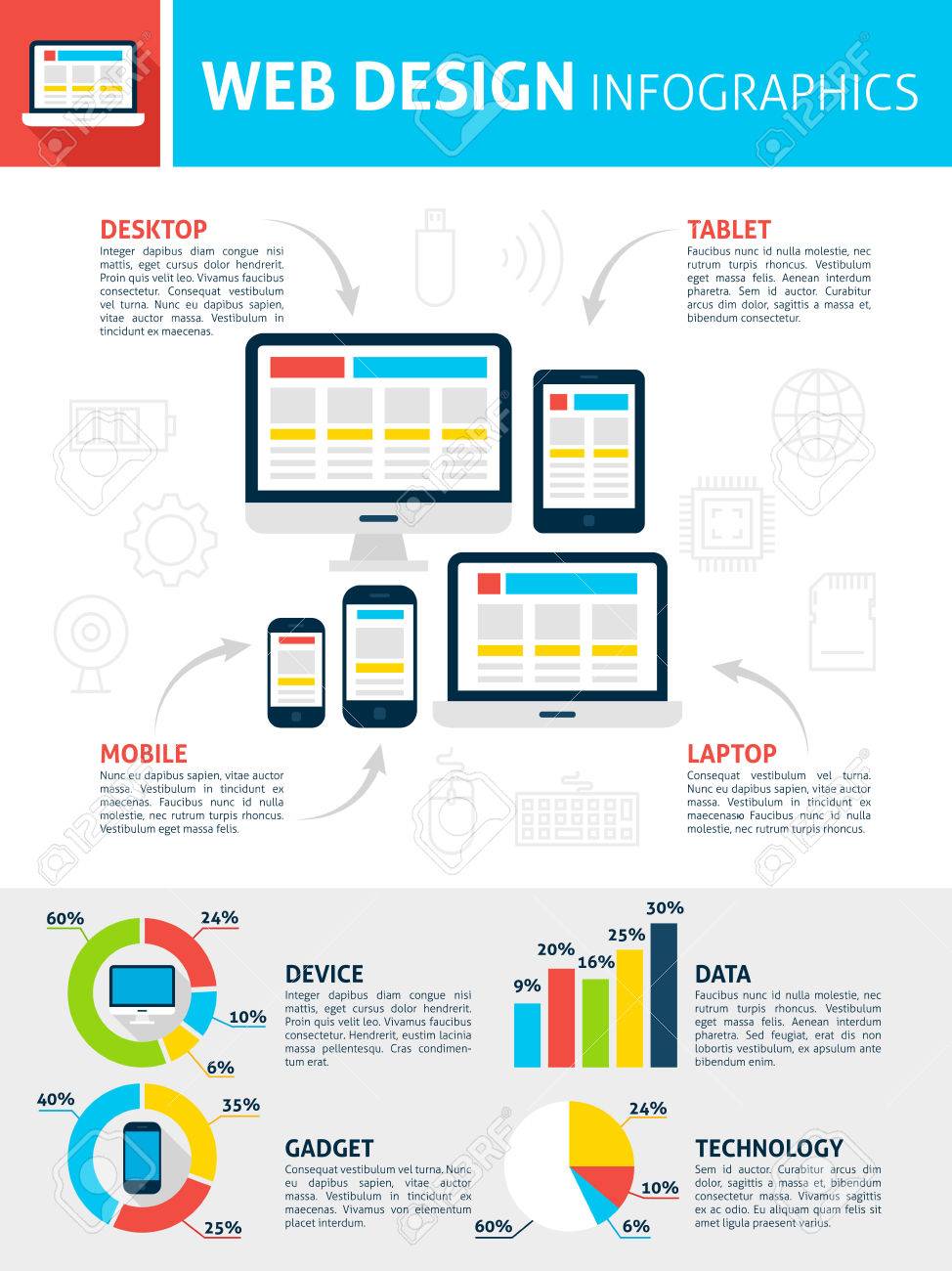Intrigued In Discovering How Site Style Has Changed For Many Years? Check Out The Development From Fundamental, Straightforward Layouts To User-Centered Methods That Focus On The Demands And Preferences Of On The Internet Site Visitors
Intrigued In Discovering How Site Style Has Changed For Many Years? Check Out The Development From Fundamental, Straightforward Layouts To User-Centered Methods That Focus On The Demands And Preferences Of On The Internet Site Visitors
Blog Article
Developed By-Monroe Bowles
In the past, internet sites were easy and concentrated on information. Navigating was direct, and layout was for desktop computers. Currently, customer experience is essential. Information overviews layouts for very easy navigating. Responsive formats fit various tools. Today, dark setting minimizes strain, and minimalist menus enhance navigation. Interactive features engage users, and vibrant visuals stand apart. AI combination increases interaction. See exactly how design has actually progressed to boost your on-line journey.
Early Days of Web Design
In the early days of web design, simplicity reigned supreme. Websites were fundamental, with limited colors, font styles, and formats. The focus got on giving info instead of fancy visuals. Users accessed the net through slow dial-up links, so speed and capability were vital.
Navigating menus were straightforward, usually located on top or side of the web page. Sites were made for desktop, as mobile browsing had not been yet common. Content was king, and developers prioritized very easy readability over complicated layout aspects.
HTML was the primary coding language made use of, and designers had to work within its restrictions. Computer animations and interactive attributes were minimal compared to today's standards. Websites were static, with little vibrant web content or individualized user experiences.
Surge of User-Focused Design
With the development of internet site style, a shift towards user-focused design principles has become significantly popular. Today, creating internet sites that prioritize user experience is critical for engaging site visitors and achieving company objectives. User-focused style involves comprehending the demands, preferences, and actions of your target audience to tailor the internet site's format, material, and features as necessary.
company profile google carry out comprehensive research study, such as individual studies and functionality testing, to collect insights and feedback directly from individuals. This data-driven strategy assists in creating user-friendly navigation, clear calls-to-action, and visually attractive user interfaces that resonate with visitors. By placing the customer at the facility of the layout process, internet sites can deliver an extra individualized and delightful experience.
Responsive style has likewise emerged as an essential element of user-focused style, ensuring that sites are maximized for various tools and screen dimensions. This flexibility improves ease of access and functionality, catering to the diverse means individuals interact with internet sites today. Basically, the surge of user-focused layout represents a change towards creating digital experiences that focus on the demands and assumptions of completion user.
Modern Trends in Website Design
Discover the latest patterns forming website design today. One famous trend is dark mode style, supplying a streamlined and modern-day look while minimizing eye strain in low-light settings. https://website-and-marketing-com62727.blog-gold.com/36725774/understand-how-to-draw-in-neighborhood-clients-via-neighborhood-search-engine-optimization-techniques-while-also-acknowledging-the-globally-outreach-opportunities-of-conventional-seo-discover-the-essential-distinctions is minimalist navigating, streamlining food selections and boosting individual experience by concentrating on essential elements. Integrating local seo firm -interactions, such as animated switches or scrolling effects, can develop an extra engaging and interactive web site. Receptive layout stays important, making sure seamless customer experiences across various gadgets. In addition, using vibrant typography and asymmetrical designs can include aesthetic rate of interest and draw attention to certain material.
Incorporating AI innovation, like chatbots for client support or tailored referrals, enhances user involvement and simplifies procedures. Ease of access has also end up being a significant trend, with designers focusing on comprehensive layout practices to cater to varied customer requirements. Welcoming sustainability by enhancing internet site performance for rate and effectiveness is one more arising trend in web design. Teaming up with user comments and information analytics to iterate and enhance layout continually is important for remaining appropriate in the ever-evolving electronic landscape. By accepting these contemporary trends, you can produce a visually appealing, user-friendly internet site that resonates with your audience.
Final thought
As you reflect on the advancement of website style from the early days to now, you can see how user-focused design has actually come to be the driving force behind contemporary patterns.
Embrace the trip of adjustment and adaptation in website design, constantly keeping the user experience at the leading edge.
Remain current with the current fads and modern technologies, and never quit developing your technique to create aesthetically spectacular and user-friendly websites.
Evolve, adjust, and produce - the future of website design is in your hands.
